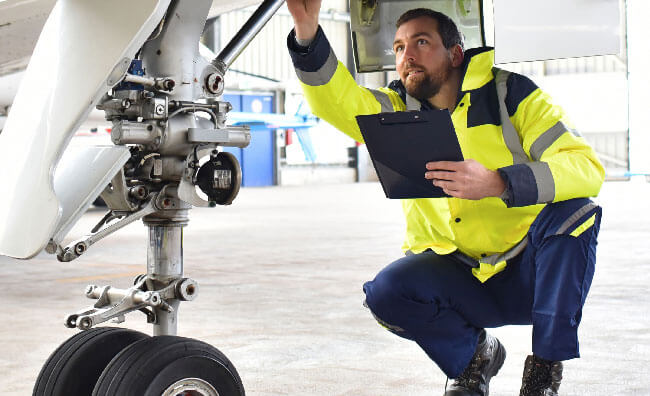- February 1, 2024
- Posted by: Malissa Nesmith
- Categories:

By Bob Hobbi – February 1, 2024
The Challenge
As an industry, we have had a constant challenge to meet, which is to continually improve safety. Overall, we have done very well. Safety has been front and center of many innovative tools that are helping us all achieve better levels of safety. For example, IS-BAO, SMS, in all its forms, and ISBA have been terrific vehicles to bring us to the current status. However, the challenge is never-ending and our quest is never-ending to improve safety as well as our services.
As a whole, we have done well thanks to many hard-working aviation professionals striving diligently to get us where we are. However, our industry continues to face new related challenges, and recent statistics reveal concerning trends. Let us take a look at the business and general aviation environment which is bringing additional challenges for our industry.
The Perfect Storm
There are several elements that are potentially impacting safety and service in our industry today. According to industry media, 2023 represented a disconcerting negative trend for safety. As we are all aware, the high volume of retirements is causing a shortage of people, and issues with the supply chain are causing challenges for OEM’s. Industry statistics indicate increasing rates of hangar rash and incidents at airports. To remedy the current negative trends in safety and create solutions, we must dissect each of these items and examine their causes.
1. Retirement and Personnel Shortages
In the last four years, we have seen a trend that has played a pivotal role in industry operational issues and specifically safety. Waves of retirements are causing a mass exodus of experience and knowledge. This, in turn, creates a vacuum that is hard to fill in a short period of time. It is creating a shortage of qualified and experienced personnel. We are facing the most severe shortage of qualified professionals in a long time, perhaps ever. The air transport segment of the aviation industry is facing similar challenges which also exasperates the overall shortage of people.
The experience drain is challenging our industry’s traditional dependence on the transfer of knowledge across generations. Unfortunately, we are also still using traditional approaches to training, learning and development which cannot address issues with the speed or efficiency currently needed.
2. Supply Chain and Demand
Supply chain bottlenecks and disruptions have been causing parts shortages which can lead to negative effects on dependability and reliability for the primary product of our industry – lift. We have endured great pains to address this issue and it has had a great organizational impact across our entire industry. All the while, one of the positive side effects of the pandemic has been an influx of new demand for business and private lift. The parts shortages, combined with people shortages and the knowledge vacuum, are challenging our ability to provide the level of service that our customers, passengers and users have become accustomed to.
Results and Side Effects on Safety
Accountability is paramount for any organizational culture with a safety focus. We cannot be just a little bit accountable. Furthermore, procedures and processes only work when we follow them with diligence and discipline. However, because of the above-mentioned issues, leaders have been forced to tolerate less than desired behaviors. Leaders today are constantly challenged with balancing a shortage of qualified people while maintaining high levels of accountability, which directly impacts safety and service delivery.
The shortage of people is additionally having a profound impact on overall organizational culture. Organizations and departments that are finding themselves short-handed end up, most likely unwillingly, drifting into an environment of relaxed accountability. We have seen numerous examples of unintended lowering of standards and acceptance of undesirable conduct, in order not to lose anyone and maintain current employee numbers to manage the operational challenges.
As an industry, we must stay vigilant and manage the enforcement of processes and procedures. We must maintain the integrity of all elements which have brought us to this point. Leadership is of utmost importance in this environment. Genuine leaders have to step up to the plate to maintain our focus on safety and service.
Leadership’s Role
We must jealously guard the safety and service culture that we have cultivated and created. It has taken us years to reach the caliber we expect today. We cannot allow shortages of people and parts to cause us to degrade the safety culture we have worked so hard to create. Leaders must recognize that holding people accountable is a key element of our work and is even more important than being fully staffed. If someone decides to leave your company because of your dedication to accountability and safety culture, perhaps they should not have been part of your team to begin with.
A key feature of leadership is recognition that the established culture is more important than any one individual on the team. Not to mention, lack of accountability has a terrible and poisonous impact on newcomers and new hires. Although we understand that it might be easier said than done, it is imperative for us, as leaders, to maintain the right perspective.